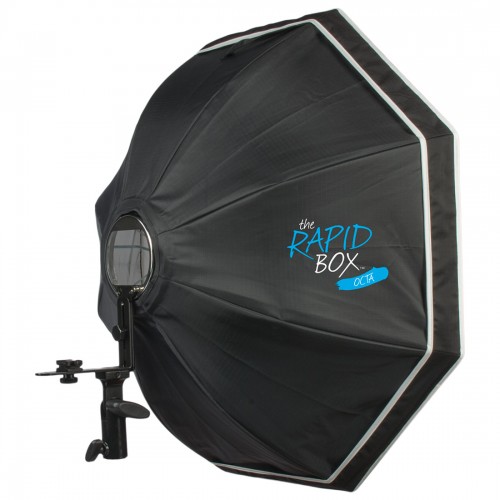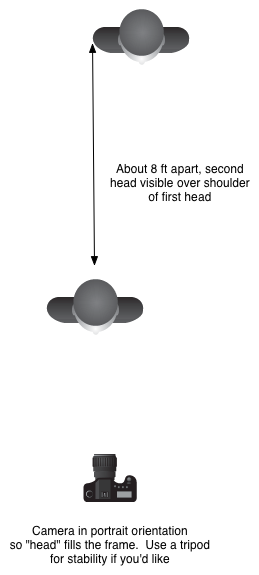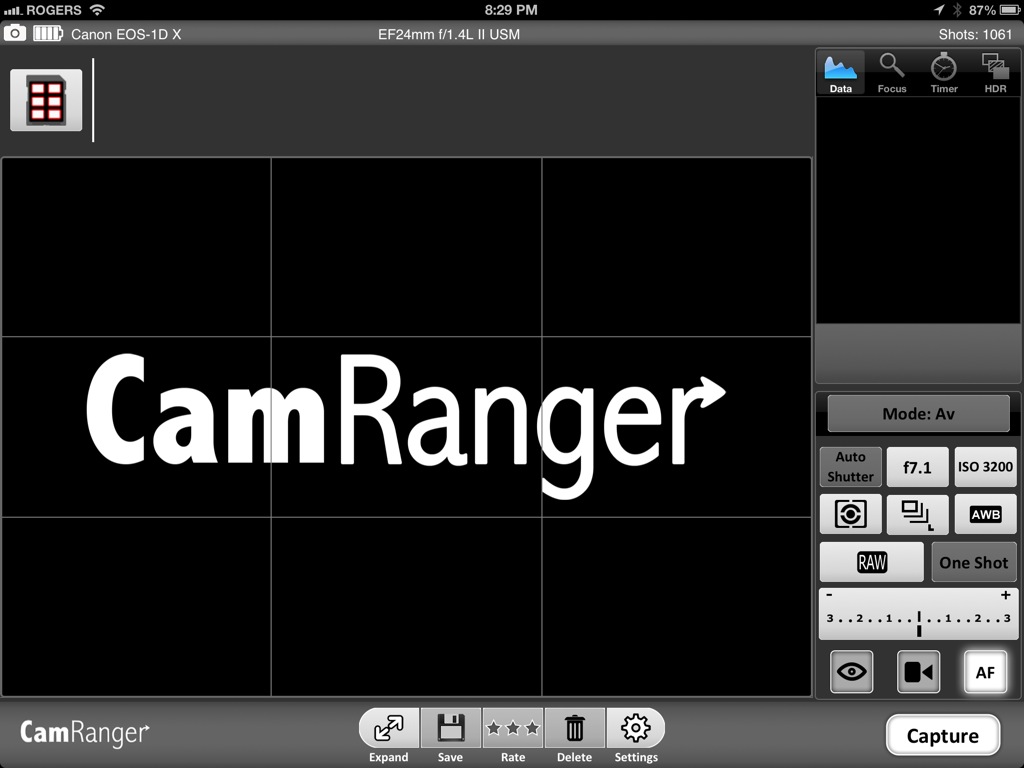Is it better? Reexamining the Canon EOS-M with the 2.0.2 firmware
/I think that I've mentioned that I like this little camera. Construction is solid, control layout is decent, images are good out of both the 18-55 kit lens and the 22/2 pancake. Video is quite good with no AF noise (EF-M lenses are all STM type), although the built in microphones give you what you expect - utter crap. The camera fits the hand well is only marginally bigger than the Sony RX-100. But the camera as shipped had a real problem. It's autofocus performance could be described as slower than molasses flowing uphill in winter and that would have been charitable. Compounding negative speed, it tended to hunt back and forth in low light resulting in most reviewers desiring to see how well the device bounced. Consequently, Canon couldn't give the darn things away to the point that when the original kit came out with the 18-55 lens and the 90EX micro flash at around $900 it was laughed all the way back to the warehouse. Today that same kit, less than one year later still languishes on dealer shelves at $499 (sale price, reg $699) collecting dust, that's how bad a reputation the camera has. Canon has not helped by shipping only two EF-M lenses until the recent debut of the 11-22 zoom which is afflicted by the same slow lens speed as the default 18-55. Can anything change the tune for the little mirrorless Canon?
Canon this past week releases a major firmware update for the camera. While they chatter inanely about better foreign language support in the menus, those issues weren't stopping sales. The new firmware purports to significantly improve autofocus performance so I arranged with Chris Atkinson at Henry's in Newmarket to borrow their demo, upgrade the firmware and see what's new. The camera is very familiar, it's the SAME one I tried out over six months ago...
I fired a few frames with the default firmware, charged the battery and ran the firmware updater. It completed successfully.
So the big question. Is autofocus performance improved in terms of speed? Yes, it is better. Is it a lot better (as in NEX-5n better)? No, but it is Fuji X better. An NEX-5n or OM-D will still kick its butt around the corner and I won't even talk about the size of the can of whup-ass the RX100 would open on it. But it's better. Usable better. In good light outdoors, focus lag was not noticeable. Indoors, particularly with the 18-55 at the 55mm end (resulting in a max opening of f/5.6), there had better be mucho de contrast or the camera will hunt and then give up cold. AF performance on the 22mm f/2.0 is better overall.
The lenses are very sharp but as the barrels are REALLY narrow (like the Sony NEX barrels) and they are not brilliant optics when it comes to vignetting and distortion. Using the lens profile correction in Adobe Lightroom 5, the corners in shots taken with the 22/2 brightened up nearly 2 STOPS, which is not horrible but not very good either.
Since internally this is basically a T4i, it should be a lot better than it is. My daughter has a T4i and it's plenty quick to focus and does pretty well in crappy light. She uses it primarily for video and like the EOS-M the internal microphones make you yearn for manual audio controls or a sharp needle to destroy them forever. Good video with bad audio is bad.
The firmware update doesn't change the fact that you have to do most everything through the touchscreen. Touchscreens on my phone are ok, not ok on cameras. The update also didn't add a viewfinder so you still look like a dork holding the thing out in front of yourself like some lost tourist, with all the inherent stability loss that goes with hanging your arms out into space.
So what's the verdict?
I've attached a gallery of images that were shot as either RAW or JPEG in camera, imported to Lightroom 5 and given my basic workflow (less than 30 seconds spent per image). Using the lens profile correction is REQUIRED, but after that what comes out of the box is pretty darn good, certainly as sharp as anything else in this DSLM APS-C sensor space, with good contrast and typical Canon colour fidelity. If you've never experienced Sony autofocus you might be just fine with the enhanced AF brought about by the firmware update. It's not a good ambassador for the DSLM space though, with shoddy AF in poor light, a touchscreen dominated UI, small battery and no viewfinder (that LCD is nice but glares out fast in sunlight) and even at the sale price of $499 you can do better. There's allegedly a newer EOS-M enroute, but this critter definitely feels like Canon's version of the red-headed stepchild. Maybe if they dropped the price to $249….




































